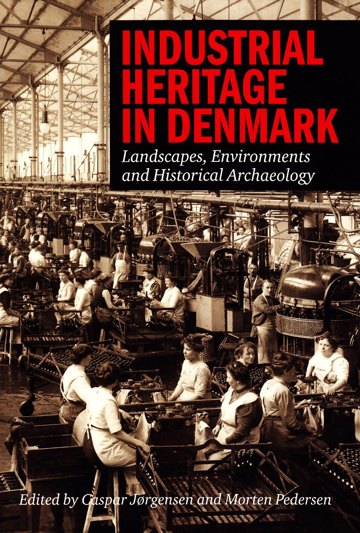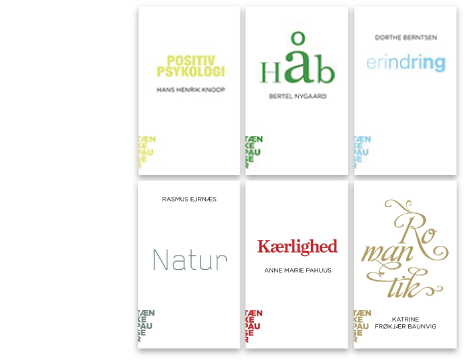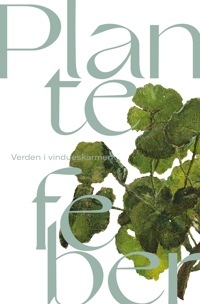
Industrial Heritage in Denmark
Landscape, Environments and Historical Archaeology
En del af fagområderne Arkæologi, Historie og Kulturhistorie
Udsolgt fra forlaget
Redigeret af
Caspar Jørgensen og
Morten Pedersen
Med bidrag af
Hanne Christensen,
René Schrøder Christensen,
Caspar Jørgensen,
Morten Pedersen og
Anna Storm
Mere om bogen
Om bogen
In presenting 25 industrial sites of national significance in the context of changing techno-economic paradigms, this book considers the development of Danish industrial landscapes and built-up environments in the period 1840-1970.
Three case studies of ports, sugar mills, and cement plants are also presented. The book concludes with two chapters that discuss perceptions and strategies for the conversion of industrial sites, and an overview is given covering the preservation of industrial heritage in Denmark, historically.
"Although Denmark is often perceived as an agricultural country, industry is a very important sector in the Danish economy, employing a large number of people and having considerable influence on Danish society and culture in general. The appreciation of industrial history, as well as the tangible and intangible remains of industry, is an important heritage."
Anne Mette Rahbæk
General Director of the Danish Agency of Culture
Indholdsfortegnelse
Industrial Buildings and Landscapes in Denmark 1770-1970
25 Fantastic Industries
Danish Ports 1840-1970
Danish Sugar Beet Refineries 1872-1912
Cement Plants of a New Era
Industrial Places in New Guise
Industrial Heritage in Denmark
Pressen skrev
Per Boje, EH.net
The book might be highly recommended to industrial archaeologists and to any person interested in understanding Danish modernization. It contains a useful description of 25 locations selected by the Danish authorities because of their importance as industrial heritage monuments, but it also contains articles giving an overview of the historiography of Danish industrial history and the work of the last decades establishing public support for preserving some of the more valuable industrial heritage monuments. In addition, the reader finds articles with reflections on different strategies for preserving locations of the industrial past and articles on some selected areas with a history of special interests regarding industrial archaeology, namely Danish ports, Danish sugar beet refineries and cement plants. All articles are very informative and with excellent illustrations, written by experts drawing on bigger projects within the field.
Netop udkommet
Forlaget skriver:
25 november 2025
Årets sidste bogtorsdag!
Årets sidste bogtorsdag er nu lige på trapperne! Vær med, når vi, sammen med Det Kgl. Bibliotek, fejrer forfatterne bag vores…
29 oktober 2025
Kom til bogtorsdag d. 13. november!
Vi er nu klar med novembers bogtorsdag!Vær med når Aarhus Universitetsforlag sammen med Det Kgl. Bibliotek fejrer forfatterne…
29 september 2025
Kom til Bogtorsdag den 9. oktober
Vær med når Aarhus Universitetsforlag sammen med Det Kgl. Bibliotek fejrer forfatterne bag vores nyeste udgivelser til Bogto…




